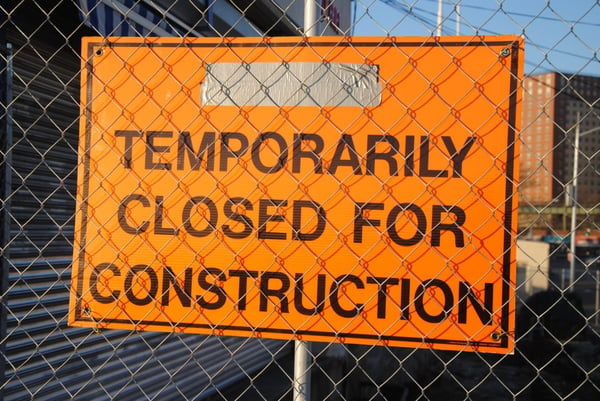If you’re not familiar with the construction industry, you might look at it and think that it’s one of the more stable areas of business. Unless tehre is a financial downturn, there are plenty of projects available to bid on and work to be completed. But if you’re involved with the industry, you know that sentiment is not accurate. In recent times, there has been a large labor shortage, and costs of doing business are often on the rise. While it would seem that the industry is flourishing, developers, brokers, investors and contractors are often combating rising costs and labor shortages across the country.
According to Forbes, “When the recession hit in 2008, 600,000 workers left construction jobs never to return. Today workers avoid construction jobs, perceiving them as dangerous, difficult, and dirty. Millennials of all income backgrounds entering the workforce would prefer to go to a four-year college or take on jobs in retail or transportation.”
This isn’t an isolated incident, either. The lack of workers is felt on job sites each and every day. Bisnow.com shares, “All of this is driven by workforce, manpower and skilled trades,” Associated General Contractors of Georgia CEO Mike Dunham said. “The [subcontractors] are just constrained by the sheer availability of skilled workers. I don't have anybody who doesn't need people. The subs right now are in the catbird seat. They are at an absolutely maximum capacity.”
The labor shortage is cited as the cause of rising costs in construction. Material costs have increased as well, both of which combine to force businesses, investors and developers to increase purchase prices and project bids. From Commercial Property Executive, “In 2019, construction costs rose nationally by 2 percent, and they are predicted to continue to rise this year, said Tim Duggan, vice president of Data and Analytics for Gordian. These increases have been driven by a shortage of labor and increasing prices for materials. Which factor is most responsible for higher construction costs?
“I would say that at this point they are probably equivalent,” said Duggan. “Both are competing as drivers. Tariffs have a very quick but short-term drive up on costs which then settle back down, while wages seem to be a continuing issue for driving up the cost.”
The news is not all bad, however. Cumming reports that in 2020, material costs are slated to remain relatively stable. Construction Dive shared some tips given by Deloitte on how to overcome some of the rising costs of materials, including prefabrication and modular building.
The tips from Deloitte are a great start to combating rising material costs, but labor shortages are a different beast. Outlet Construction, a Maine-based company, offers some good advice: Change the industry perception, offer internships and apprenticeships through local universities and vocational schools, change your recruiting techniques to make them better, promote better workplace culture, offer better training, provide workplace safety and use more advanced technology. The technology aspect alone will grab the attention of Millenials who rely on smartphones and apps for almost everything.
The rising costs of labor due to shortages combined with the rising costs of materials means less profit for investors, builders, developers and business owners. Employing some of the tips mentioned here will help combat those price increases and assist with obtaining a larger profit margin. At the end of the day, construction is business designed to be profitable. Taking steps to keep it that way ensures that your business can stay open and continue to function as you originally planned.

Recent Posts
- Spec Home Loans: Complete Guide to Construction Financing for Builders
- Spec Construction Loans: A Spec Line of Credit Is Worth the Paperwork
- Spec Homes and Pre-Sale Homes: Relative Benefits for a Spec Builder
- Spec Construction Success: Insights for the Investor Builder
- How Is a Spec House Different From Other Kinds of House Construction?
